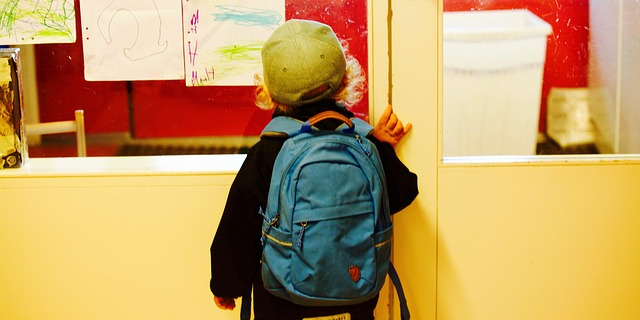Knowledge Base
Content
Example - Serbia: Involving Educators
Updated by Global Symbols with UNICEF ECARO

1. The importance of the classroom and school in implementing AAC
Successful AAC is most likely to be achieved through the joint efforts of all stakeholders. Educational institutions are a natural environment for every child to develop with the important coming together of AAC strategies learnt in individual therapy sessions being brought into the classroom. It enables the generalization of communication skills and tools across settings in real-life situations helping the child to participate in activities, and social tasks, as well as improve overall development.
2. Recognising the challenges
In Serbia a group was formed to discuss the transfer of AAC use into preschool and school institutions, and how best to involve educators. In that discussion, a range of barriers and facilitators were recognized, including weak teamwork and collaboration. These were major obstacles to extended implementation, and other factors could include:
- Teacher-related factors such as little knowledge and motivation for the use of AAC and a lack of training, leading to low expectations of the potential of AAC. They might also face unfavorable working conditions such as large groups of children in classes, and the stress of the COVID-19 pandemic
- Little or no institutional support would further contribute to challenges, including poor support from colleagues and no clear understanding of any liability for the AAC devices.
- Technology related factors, for example the preferred AAC solution may have limitations and technical issues might arise.
- Poor parental involvement. In some cases, the parent might not bring the AAC device to the school or could choose to leave it at school being reluctant to use it at home. Some parents might feel a degree of stigma in using an AAC device in public.
- Professional and parental motivation and understanding of the role of AAC could vary.
3. Addressing the challenges
In Serbia we recognised that to address these issues consideration should be given to:
- Improving competencies, including awareness of the value of AAC; increasing knowledge of AAC and enhancing skills in using a specific AAC solution;
- Supporting permanent, coordinated collaboration with other stakeholders in process of implementation.
- Building a supportive institutional environment for AAC use with a clear understanding of any liability for the AAC devices, and improving technological and didactic conditions in the School;
- Enabling educators to experience the use of the AAC device to communicate real messages in real classrooms allows them to discover its potential;
- Providing the teacher and the child easy access to the device at all times.
- Supporting educators to explore and discover the device’s potential for more complex means of communication, supporting flexibility in use
- AAC device use should offer the user and the communication partners words, phrases, and grammar, allowing the ability to say what they think, ask questions, tell stories and jokes, and share what they know.
4. Summary
By understanding the potential barriers and challenges, it is possible to plan programmes that prevent the issues from arising and which increase the likelihood that the transfer of AAC systems into any new setting will be successful.